Back to blog
Part II - The Current State of Information Distribution
The Changing Landscape of Information Sharing: Decentralization and Beyond
In the first blog of our series, Intro to Information Distribution and IPFS (link), we discussed what information distribution is and its importance. Traditional methods of information distribution can face numerous challenges, many of which can be alleviated by IPFS (Interplanetary File System) and other decentralized solutions. As we continue this series, let’s explore what the existing methods of sharing information involve, their drawbacks, and how these issues led to the development of more decentralized solutions.
Popular Methods for Distributing Information
Sharing information is crucial for delivering content efficiently to people worldwide. Over the years, various methods have gained popularity. Existing methods range from broadcasting (think television and radio stations broadcasting content over satellite) to web push notifications (websites can ‘push’ information to users’ browsers). Since there are numerous methods and growing, we’ll cover just five popular methods.
- Social Media Platforms: Social media platforms enable the creation and sharing of content by users. The 2010s saw explosive growth for social media with the rise of influencers. Platforms like Facebook, Instagram, X, and LinkedIn are some of the most popular methods for information distribution due to their large user base and ability to connect users to various content.
- Content Delivery Networks (CDNs): Content Delivery Networks (CDNs) are networks of servers spread across the globe, designed to make web content faster and more reliable. CDNs have evolved since the 1990s, becoming a crucial part of websites to ensure content is delivered efficiently.
- Streaming Services: Online platforms like Netflix, Spotify, and Apple Podcasts provide on-demand access to video and audio content. These services have become prominent since the 2010s, changing how we consume entertainment.
- Email Distribution Lists: Email distribution lists are used to send emails to a group of recipients. Recipients might be opt-in subscribers of mailing lists or contacts provided by third-party services. Often, email distribution lists are used for distributing newsletters or marketing material.
- Content Syndication: Content syndication involves posting or republishing content to various sites. This usually occurs with blogs or videos where the creators republish or give permission to another source to republish their content. The strategy behind this is to increase traffic and reach of the original source.
Common Challenges and Weaknesses of Traditional Information Distribution Methods
- Social Media Platforms: Users often share personal information on social media platforms, which can create privacy concerns if the data isn’t handled securely. Another and newer limitation of social media platforms is content overload. We are constantly exposed to content on multiple platforms, making it harder to separate relevant information from noise. Companies and organizations compete for your time, attention, and dollars.
- Content Delivery Networks (CDNs): CDNs can be costly, especially for smaller organizations. Free CDN services are available, but increased bandwidth and data usage often come with a price.
- Streaming Services: With the surge of streaming platforms, not all content is available on every streaming platform due to licensing agreements. Users often have to subscribe to multiple platforms to access content.
- Email Distribution Lists: One of the most significant drawbacks to email lists is spam - subscribers may receive unwanted emails, and legitimate messages may end up in spam folders.
- Content Syndication: Lastly, content syndication runs the risk of duplicate content being published, which can harm search engine rankings and SEO.
The Demand for Decentralized Solutions in Information Distribution
These limitations have sparked interest in more decentralized solutions.
When it comes to social media, users are increasingly concerned about data privacy. Decentralized solutions, like blockchain-based social media platforms, aim to give users more control over their data and provide more relevant content.
Decentralized distribution technologies, like IPFS, aim to reduce infrastructure costs, benefiting smaller organizations and individual creators.
Similar to how users of social media platforms may look for more control of their data, creators also seek more control over their content. Decentralized content-sharing platforms can help creators reach a broader audience without the constraints of licensing agreements.
Finally, decentralized email systems and protocols strive to improve email security and deliverability while minimizing spam.
Decentralized solutions empower users and creators by shifting control and ownership. While they offer many advantages, they also come with challenges, such as governance and complexity, which must be considered.
IPFS was designed to create a distributed and decentralized web. IPFS will be the focus of our next blog in this series. To learn more about IPFS, explore What is IPFS?
Until then, keep creating 👋

